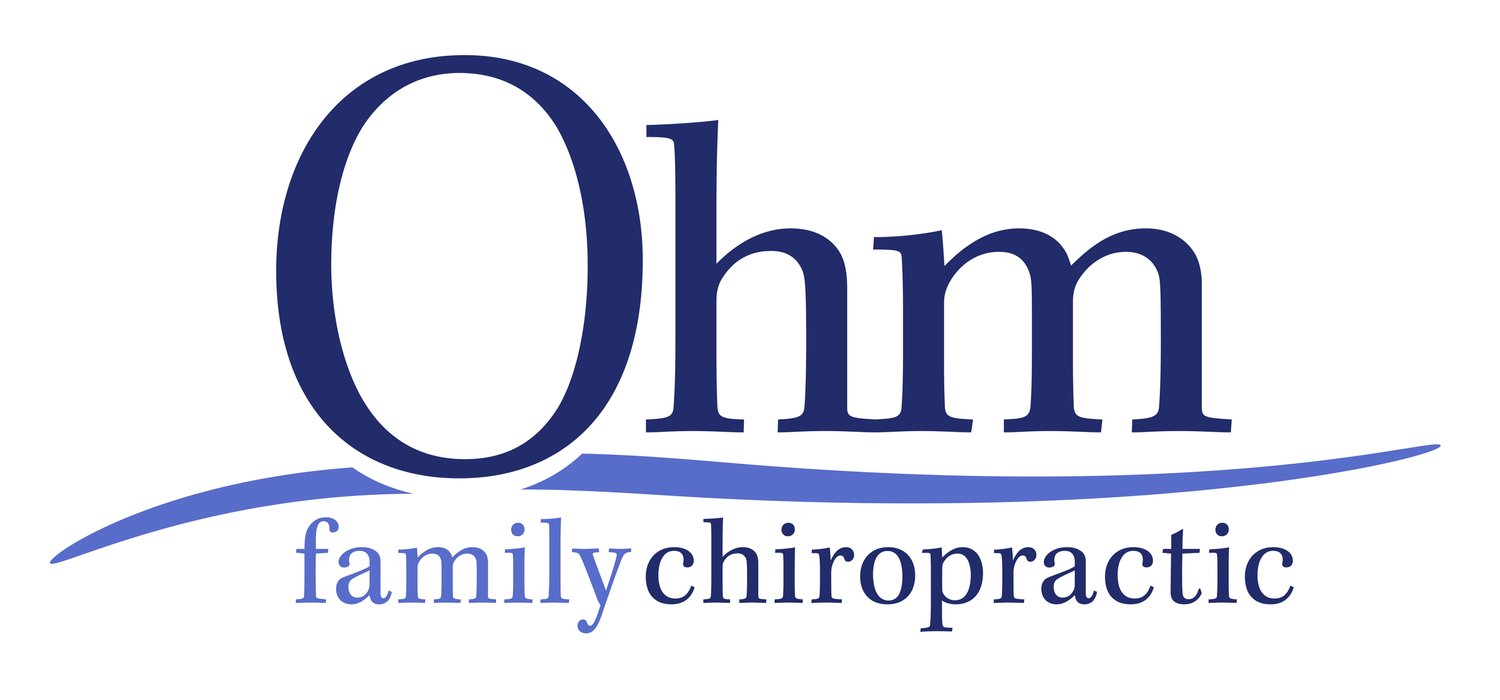Chiropractic Care in Pregnancy for Safer, Easier Births
by Jeanne Ohm, DC
Chiropractic care is essential for the pregnant mother. Her systems and organs are now providing for two and their optimal function is critical for the baby’s healthy development. The mother’s spine and pelvis undergoes many changes and adaptations to compensate for the growing baby and the risk of interference to her nervous system is increased. Specific chiropractic care throughout pregnancy works with enhancing nervous system function providing greater health potential for both the mother and baby.
Another important reason for care throughout pregnancy is to help establish balance in the mother’s pelvis. Because of a lifetime of stress and trauma to her spine and pelvis, her pelvic opening may be compromised, resulting in a less than optimum passage for the baby. Williams Obstetrics Text tells us that, "Any contraction of the pelvic diameters that diminish the capacity of the pelvis can create dystocia (difficulty) during labor." They further state that the diameter of the woman's pelvis is decreased when the sacrum is displaced. Dr. Abraham Towbin, medical researcher on birth tells us that the bony pelvis may become "deformed" this way by trauma. Chiropractors define this displacement/ deformation as spinal misalignment or subluxation primarily caused by the stress of trauma.
Additionally, these compensations to her spine and pelvis during pregnancy are likely to cause an imbalance to her pelvic muscles and ligaments. The woman’s pelvis supports her growing uterus with specific ligaments. When the pelvic bones are balanced, the uterus is able to enlarge symmetrically with the growing baby. If the bones of the pelvis are out of alignment or subluxated, this will directly affect the way the uterus will be supported. Unequal ligament support of the uterus will torque the uterus reducing the maximum amount of room for the developing baby. The term used to describe this is intrauterine constraint.
In some cases, this constraint restricts the baby’s positions during pregnancy adversely affecting his/her developing spine and cranium. Additionally, these limitations on the baby’s movement during pregnancy may prevent him/her from getting into the best possible position for birth. Any birth position other than the ideal vertex, occiput anterior position of the baby indicates the inhibiting effects of constraint. Such positions lead to longer more painful labors with increased medical interventions in birth. Often c-sections are resorted to and both the mother and baby miss the many benefits of a natural vaginal birth.
The Webster Technique, discovered by Dr. Larry Webster, founder of the International Chiropractic Pediatric Association, is one such specific chiropractic adjustment for pregnant mothers. Working to correct sacral subluxations, this technique balances pelvic muscles and ligaments in the woman’s pelvis, removes constraint and allows the baby to get into the best possible position for birth. Dr. Webster instructed many Doctors of Chiropractic in this technique and their combined results showed a high success rate in allowing babies in the breech position to go into the normal head down or vertex position. Because of its ability to facilitate easier, safer deliveries for both the mother and baby, many birth care providers are actively seeking Doctors of Chiropractic with the skills in this technique.
Chiropractic care throughout pregnancy allows for healthier function of the mother and baby. Specific techniques tailored to pregnant mothers create balance in the mother's pelvic bones and therefore reduce the possibility of intrauterine constraint. Offering the baby the ability to get into the best possible position for birth leads to an easier and safer delivery for both the mother and baby. Seeking chiropractic care early in pregnancy is a safe, effective way to support the natural process of birthing.
Cunningham FG et al, "Dystocia Due to Pelvic Contraction", Williams Obstetrics, Nineteenth Ed 1989
Towbin A, "Dystocia", Brain Damage in the Newborn and its Neurologic Sequelle, 1998
Netter F. "Pelvic Viscera and Perineum" Atlas of Human Anatomy ; 1994
Hellstrom B, Sallmander U "Prevention of Spinal Cord Injury in Hyperextension of the Fetal Head" JAMA 1968; 204(12): 1041- MS":
